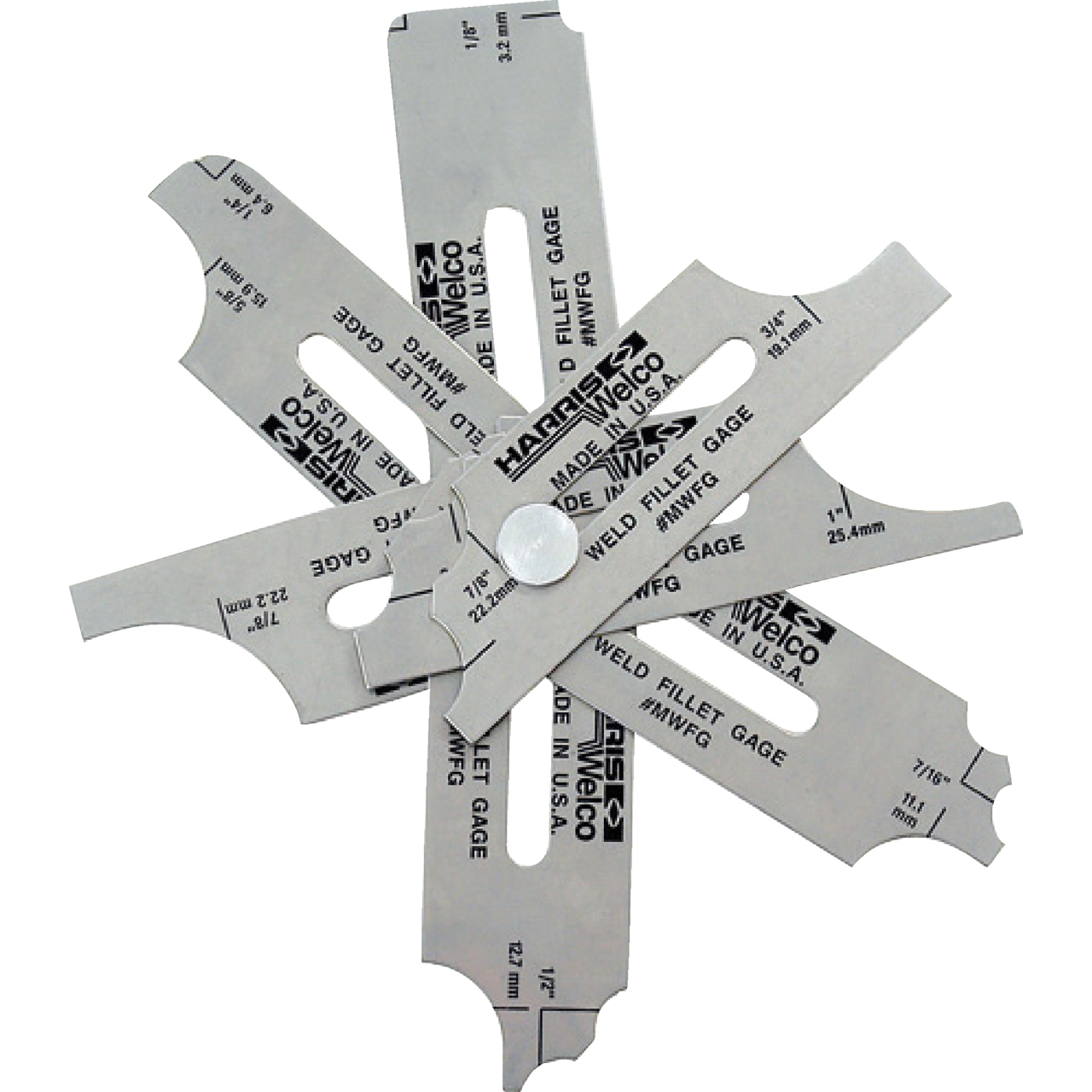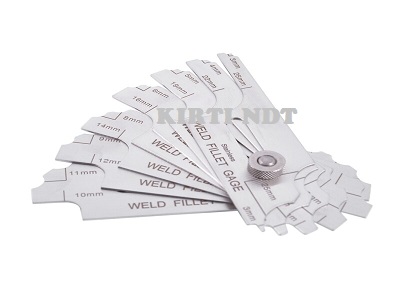Innovative Tools and Approaches for Accurate Gauge Fillet Weld Measurements
Fillet Weld Layout Techniques: Optimizing Joint Efficiency and Aesthetic Appeal for Structural Honesty
In the realm of structural design and manufacture, the significance of fillet weld style strategies can not be overstated. By meticulously taking into consideration elements such as weld profile optimization, material selection, joint prep work methods, welding process effectiveness, and aesthetic improvement designers, fabricators and techniques can attain a harmonious balance in between capability and appearance in their bonded frameworks.
Weld Account Optimization


Accomplishing an ideal weld profile involves a meticulous consideration of elements such as product thickness, joint setup, welding placement, and preferred welding speed. Furthermore, the option of suitable welding criteria, such as voltage, current, and take a trip rate, is basic in managing the shape and dimensions of the fillet weld. Utilizing advanced welding strategies, such as pulse welding or robot welding, can further improve the weld account to meet certain style requirements and quality criteria.
Essentially, weld profile optimization is a basic aspect of fillet weld layout that straight affects the general performance and integrity of bonded joints in structural applications.
Material Option Factors To Consider
When considering product option for fillet weld style, the compatibility of the base metals is an essential variable influencing the architectural honesty of the joint. It is vital to choose products that not only weld together successfully yet likewise possess comparable mechanical residential or commercial properties to guarantee the tons is evenly distributed in between the weld and the base metals. Welding products with greatly different residential properties can cause problems such as stress and anxiety concentrations, early joint failing, or splitting.
Additionally, the setting in which the welded framework will run must be taken into consideration when choosing materials. Variables like corrosion resistance, temperature level variations, and direct exposure to chemicals can all affect the durability and efficiency of the weld joint. By choosing products that appropriate for the designated application and environment, the total longevity and integrity of the welded joint can be considerably boosted.
As a result, extensive consideration of product compatibility and environmental factors is paramount in making sure the weld joint's strength, durability, and total architectural stability.

Joint Prep Work Strategies
Taking into consideration the critical duty material choice plays in guaranteeing the structural stability of fillet weld joints, it is crucial to implement accurate joint preparation techniques that enhance the link in between the base steels. Joint prep work is a vital action that directly affects the quality and stamina of the weld.
In addition, tack welding the elements in area before the final weld aids preserve alignment and reduces distortion visit the website throughout the welding process. By meticulously adhering to these joint preparation techniques, welders can improve the overall efficiency and aesthetics of fillet weld joints while making certain architectural soundness.
Welding Process Performance
Reliable welding processes are vital for achieving optimal productivity and top quality in fillet weld fabrication. One essential aspect of boosting welding procedure efficiency is choosing the ideal welding method. Elements such as material type, joint style, and welding placement must be thoroughly considered to figure find more info out the most appropriate method. As an example, processes like gas steel arc welding (GMAW) and flux-cored arc welding (FCAW) are generally made use of for fillet welds as a result of their flexibility and speed (Gauge Fillet Weld).
Routine calibration of welding machines, assessment of consumables, and maintenance of welding torches can stop downtime and revamp, inevitably conserving time and resources. Well-trained welders are much more proficient at adjusting criteria, repairing concerns, and preserving consistent weld high quality.
Visual Improvement Approaches
To enhance the high quality of fillet weld manufacture, implementing aesthetic improvement techniques can play a vital role in why not look here making sure accuracy and precision during the welding process. Aesthetic enhancement techniques incorporate various methods focused on improving the look and high quality of fillet welds. One common method is making use of back removing systems to get rid of oxidation on the backside of the weld, resulting in a cleaner, extra aesthetically pleasing surface. Additionally, using proper lighting plans in the welding location can boost presence, enabling welders to monitor the weld pool and make certain regular grain development. Visual aids such as weld size determines and magnifying lenses can help in analyzing weld profiles and dimensions precisely. In addition, the use of contrasting marking products or short-lived tacking can assist in straightening and placing the work surfaces specifically before welding. By incorporating these aesthetic improvement techniques into the welding process, welders can achieve not just structurally sound fillet welds however additionally visually appealing outcomes that meet industry standards.

Verdict
In conclusion, enhancing fillet weld design involves careful factor to consider of weld profile, material choice, joint prep work, welding procedure performance, and visual improvement methods. By implementing these strategies, architectural integrity can be enhanced while additionally accomplishing visual appeal. It is essential to prioritize both performance and looks in fillet weld style to ensure the general quality and longevity of the joint.
By diligently taking into consideration variables such as weld profile optimization, material selection, joint prep work strategies, welding procedure performance, and aesthetic improvement methods, engineers and producers can achieve a harmonious balance between capability and look in their welded structures.In the world of fillet weld layout, optimizing the weld profile plays a vital role in guaranteeing structural integrity and efficiency. The weld account, which includes the size and shape of the weld cross-section, straight influences the distribution of tension and load-bearing capability within the joint. It is important to select materials that not just weld with each other properly however additionally possess comparable mechanical properties to make sure the load is uniformly distributed in between the weld and the base metals - Gauge Fillet Weld.In verdict, enhancing fillet weld layout involves careful factor to consider of weld account, material selection, joint prep work, welding procedure performance, and aesthetic improvement methods